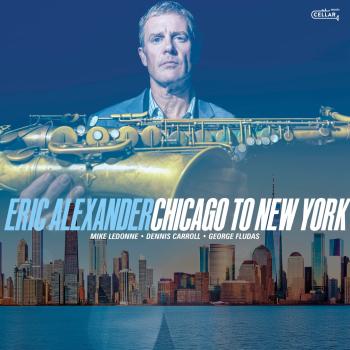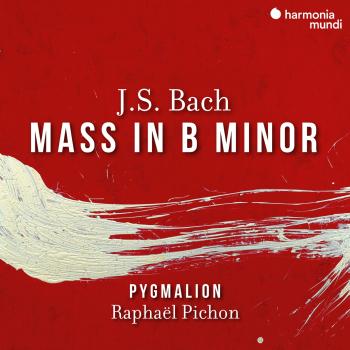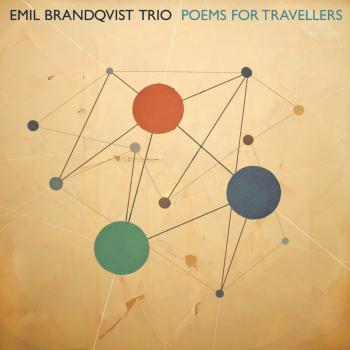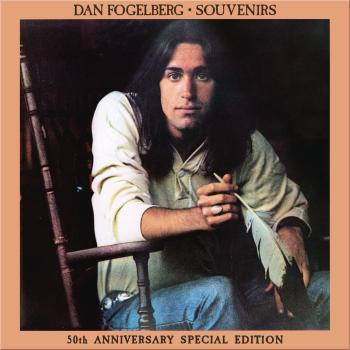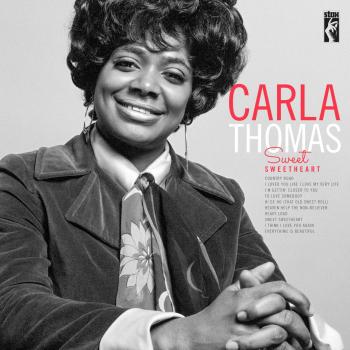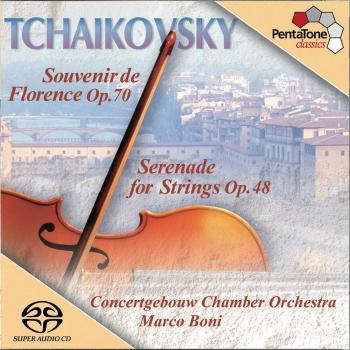
Mozart Symphonies Nos. 5 and 29 / Serenades Nos. 6 and 13 Marco Boni & Concertgebouw Chamber Orchestra
Album Info
Album Veröffentlichung:
HRA-Veröffentlichung:
29.08.2012
Label: PentaTone
Genre: Classical
Subgenre: Orchestral
Interpret: Marco Boni & Concertgebouw Chamber Orchestra
Komponist: Wolfgang Amadeus Mozart
Das Album enthält Albumcover Booklet (PDF)
- 1 I. Allegro moderato 10:25
- 2 II. Andante 10:06
- 3 III. Menuetto 03:12
- 4 IV. Allegro con spirito 06:46
- 5 I. Marcia: Maestoso 04:13
- 6 II. Menuetto 03:44
- 7 III. Rondo: Allegretto - Adagio - Allegro 04:36
- 8 I. Allegro 02:30
- 9 II. Andante 02:30
- 10 III. Allegro molto 01:15
- 11 I. Allegro 08:00
- 12 II. Romance: Andante 05:28
- 13 III. Menuetto: Allegretto 01:52
- 14 IV. Rondo: Allegro 05:27
Info zu Mozart Symphonies Nos. 5 and 29 / Serenades Nos. 6 and 13
Mozart’s early career was spent mostly on tour with his father, Leopold, and sister, Nannerl. By the time they reached The Netherlands in late 1765, Wolfgang had already conquered much of western Europe. Things did not get off to a promising start when both children succumbed to typhoid fever. The young genius was soon back on his feet again, however, composing among other things a Symphony in B flat, K. 22, written especially for a concert at The Hague on 22 January 1766. Scored for strings, two oboes and two horns, it is a remarkable work for a nine-year-old, not merely because of its technical expertise but the fact that such a young mind was capable of encompassing the intensity of minor-key expression unleashed in both the first movement’s development section and the central (G minor) Andante. – The A major Symphony, K. 201, composed just eight years later in 1774, is the first of Mozart’s symphonies to have achieved lasting popularity. Its proportions are more expansive than any previous symphony by Mozart, and despite being cast in a major key there is an underlying sense of agitation and unease that occasionally breaks to the surface, as in the central development sections of the first movement and finale. Three out of four movements are cast in sonata form and even the minuet possesses a symphonic gravitas that sweeps it away from the dance floor into the concert hall. The muted strings gently suspend the poetics of the Andante in a magical halo of sound. – Throughout the eighteenth century there was an enormous demand for music especially commissioned for specific social occasions or celebrations, whether inside or outdoors. Much of the music Mozart composed for these functions is to be found in his divertimentos, cassations and serenades, so-called to distinguish them from symphonic or chamber works intended for the concert room or more intimate surroundings. The Serenata notturna was composed for a Salzburg carnival in 1776, and is unusual not only for having just three movements but for featuring a string orchestra without a tutti double-bass section as well as a prominent part for timpani. The first two movements possess a symphonic nobility that suggests this was a work for a more enlightened audience than was usual on such occasions. However, Mozart lets his hair down for the finale, with a series of colourful episodes that includes a military quickstep and a riotous outburst of pizzicato. – Written in August 1787 while he was hard at work on his searingly dramatic opera, Don Giovanni, and shortly after the iconoclastic Ein musikalische Spass (‘A Musical Joke’), Mozart appears to have composed his 'Little Night Music' as a bubbly restorative to his creative energies. Mystery still surrounds a missing second movement mentioned in Mozart’s own catalogue – a minuet and trio – and no one is quite certain whether the work was originally intended for solo strings or the full orchestral complement. What is undeniable is the way the general high spirits and exuberance of invention combine in an invigorating tour de force of supreme creative inspiration. (Julian Haylock)
“Eine kleine Nachtmusik chugs and purrs with the verve and high spirits we expect – cheery, buoyant, immaculately balanced.' (Gary Lemco, Audiophile Audition)
Concertgebouw Chamber Orchestra
Marco Boni, Conducted
Recorded August 2001, Waalse Kerk, Amsterdam, The Netherlands
Recording producer: Job Maarse
Balance engineer: Erdo Groot
Recording engineer: Mario Nozza, Sebastian Stein
Editor: Sebastian Stein
Marco Boni
Marco Boni comes from a musical family. He studied piano, horn and cello at the Milan conservatory and took his final examination under the guidance of Rocco Filippini, gaining a distinction. He began his career as a solo cellist in theTeatro Comunale in Bologna. Since then he has appeared at festivals both in Italy and abroad, working with Salvatore Accardo, Yuri Bashmet, Bruno Giuranna, Rocco Filippini, Bruno Canino, Susanna Mildonian, PaulTortellier and Sándor Végh. Since his appointment as permanent conductor of the Concertgebouw Chamber Orchestra, conducting has increasingly been the focal point of his musical activities. He has performed with the Scottish Chamber Orchestra, the Hungarian State Philharmonich Orchestra, the Orchestra of the Maggio Musicale Fiorentino, the Italian Philharmonic Orchestra, the Orchestra delTeatro Massimo di Palermo, the Orchestra da Camera di Mantova, the Orchestra Haydn di Bolzano, the OrchestraToscanini di Parma, the Filarmonici delTeatro Comunale di Bologna, the Virtuosi di Santa Cecilia and the Virtuosi Italiani. He has undertaken successful tours with the Concertgebouw Chamber Orchestra in Italy, Japan, Belgium, Portugal (with Maria João Pires as soloist) and Spain, and has made several CD recordings with the orchestra. With the Virtuosi Italiani he has recorded previously unpublished works by Nino Rota. CD recordings with the London Symphony Orchestra have been planned.
Concertgebouw Chamber Orchestra
The Concertgebouw Chamber Orchestra (Concertgebouw Kamerorkest) was founded in 1987 and consists of members of the Royal Concertgebouw Orchestra of Amsterdam. Before that time it was called the Amsterdam Chamber Orchestra (Amsterdams Kamerorkest). The ensemble made numerous recordings between 1957 and 1987, conducted by the likes of André Rieu and Anton van der Horst, and it took part in significant national events such as the coronation of Queen Beatrix on 30 April 1980 and the state visit of US President George Bush in 1989.The Concergebouw Chamber Orchestra also made a name for itself internationally: recent performances include concerts in Belgium, Italy, Spain, Germany, Finland, Portugal and Japan. In addition CD recordings are made regularly for several labels. The recording released in 1999 of Mahler’s arrangements of string quartets by Schubert ('Death and the Maiden') and Beethoven (Op. 95) earned BBC Music Magazine’s highest accolade (five stars) for artistic direction and recording quality. Among the soloists to have performed with the Concertgebouw Chamber Orchestra are Maria João Pires, Friedrich Gulda, Eliane Rodrigues, Lynn Harrel, Jaap van Zweden, Isabelle van Keulen, Janine Jansen, Rudolf Koelman, Quirine Viersen, Jacob Slagter and Vesko Eschkenazy. Since 1995 the ensemble’s permanent conductor has been the Italian Marco Boni.
Booklet für Mozart Symphonies Nos. 5 and 29 / Serenades Nos. 6 and 13



